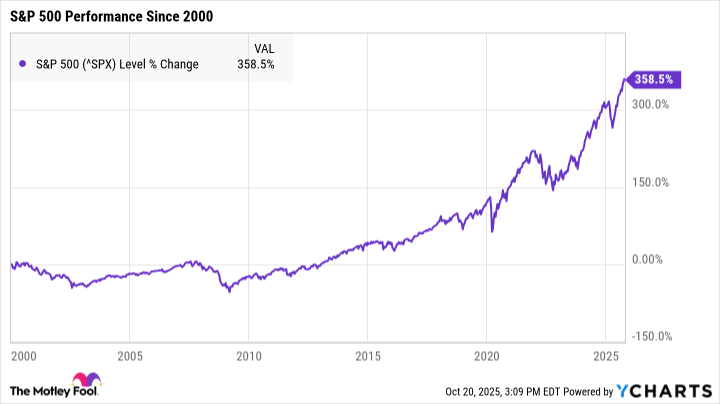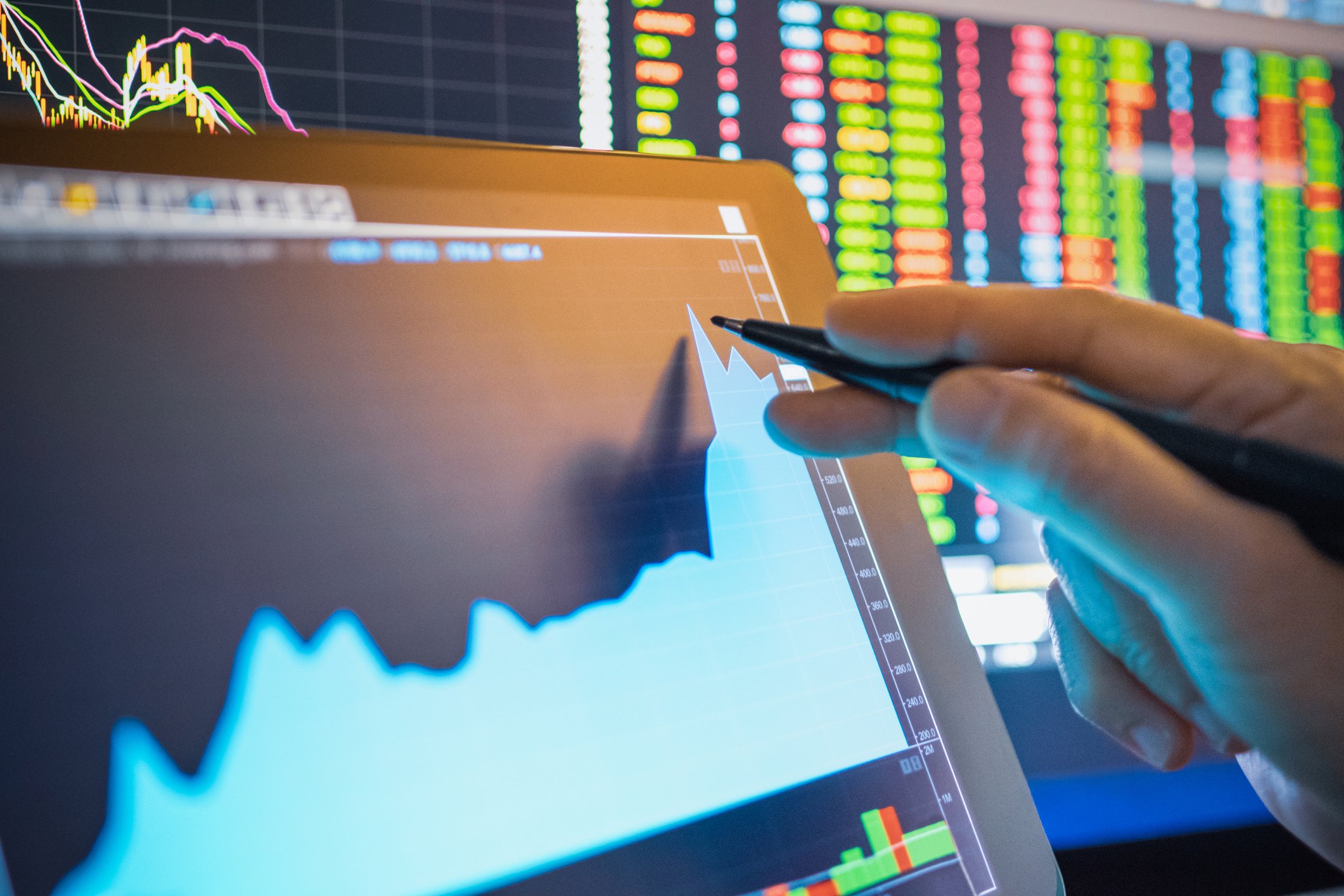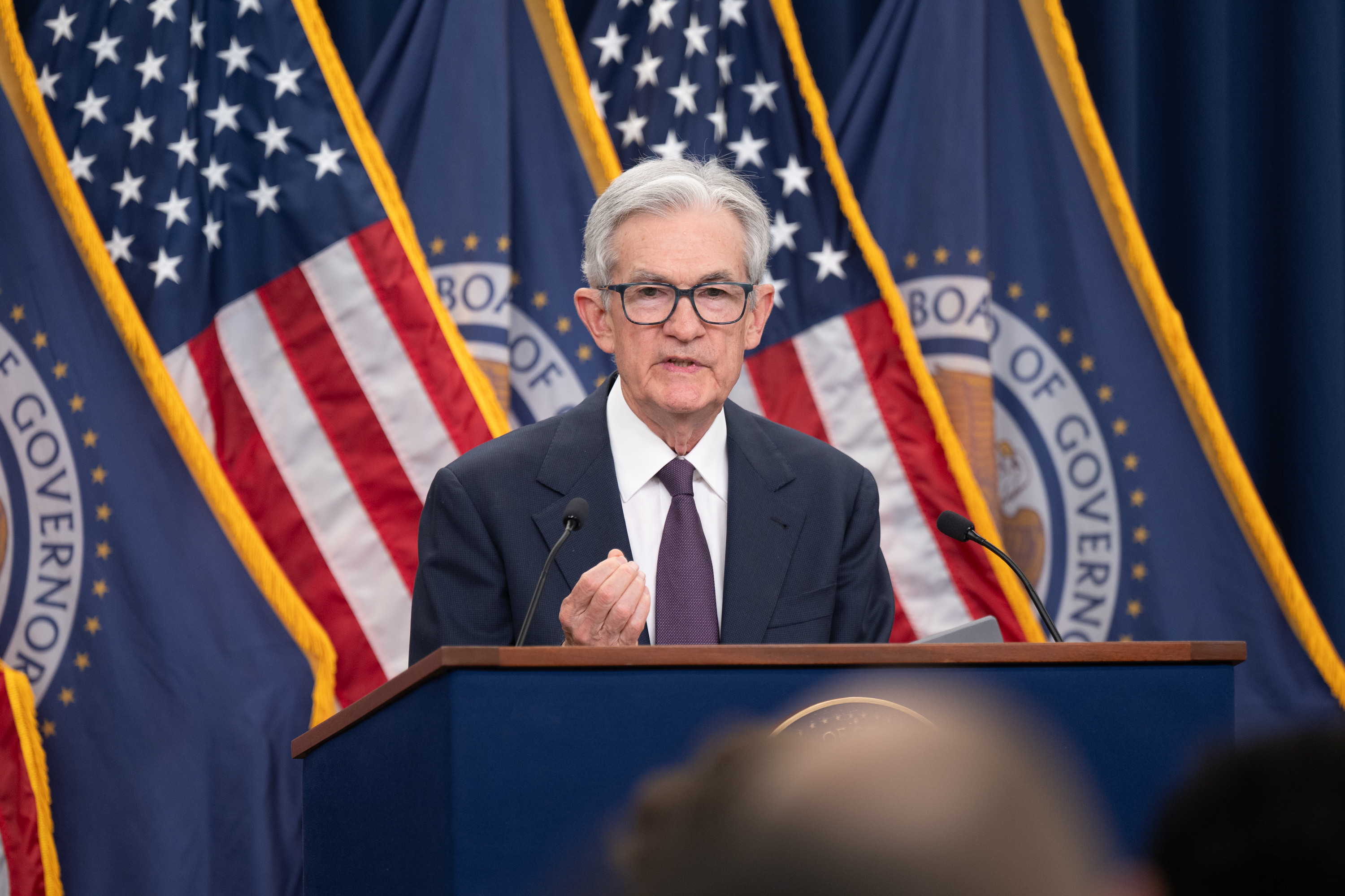Despite experiencing some turbulence earlier this year, the stock market has been on fire throughout 2025. The S&P 500 (^GSPC 0.03%) is up by close to 15% year to date as of this writing on Oct. 20, and it's surged by more than 35% since its low point in April this year.
While it's hard to see a downside in stock market gains, what goes up must come down eventually. Some experts have suggested that we're in a bubble, fueled primarily by the artificial intelligence (AI) boom, and that we could be on the verge of a significant downturn.
To be clear, nobody knows exactly what the future holds for the stock market. But according to one stock market indicator, investors could be "playing with fire" right now.

Image source: Getty Images.
The market indicator that predicted the dot-com bubble burst
In the late 1990s, Warren Buffett predicted that the tech bubble was about to pop and that stocks would fall into a bear market. That, of course, came true, and in 2001, Buffett discussed in an interview with Fortune Magazine how he was able to forecast that downturn.
He explained that he used a stock market metric, now nicknamed the Buffett Indicator, that measures the ratio between the total value of U.S. stocks and gross domestic product (GDP). This metric can help gauge whether the market is under- or overvalued, and Buffett claimed that it's "probably the best single measure of where valuations stand at any given moment."
In the interview, he mentioned that the ideal situation for investors is when the metric falls to around 70% to 80%, as that's the best opportunity to buy stocks. But he also warned that "if the ratio approaches 200% -- as it did in 1999 and a part of 2000 -- you are playing with fire."
As of October 2025, the Buffett Indicator ratio sits at 219%. Back in November 2021, it peaked at around 193% just before the stocks plunged into the bear market that lasted for most of the following year.
Is this metric still accurate?
The Buffett Indicator may be at a record high, but it's important to take any stock market metric with a grain of salt. No indicator is accurate all of the time, so this metric surpassing 200% doesn't guarantee that a bear market or recession is imminent in the coming weeks or months.
Also, it's important to keep in mind that the stock market landscape has changed significantly since Buffett popularized this metric nearly 30 years ago. Company valuations, in general, have skyrocketed in the last decade, especially as the tech industry continues to grow. However, just because a company has a higher-than-average valuation doesn't necessarily make it overvalued.
Also, this metric only compares the value of U.S. stocks to U.S. GDP, so it doesn't account for much of the global economy. With more large companies generating signficant revenue from outside the U.S., it could skew the ratio.
There's no harm in keeping an eye on the Buffett Indicator to get a quick read on the market's temperature. However, like any market metric, it's not going to be accurate in every single situation, so it's wise to avoid making any big investment decisions based on this indicator alone.
The good news for investors
It's easy to get caught up in the market's short-term movements, especially if you're worried about a recession. But the good news is that as long as you have the right investing strategy, you don't need to worry as much about what's around the corner for the market.
Long-term investing is one of the safest and most reliable ways to build wealth in the stock market, especially amid volatility. Even the worst recessions are only temporary, and the prosperous periods generally far outweigh the rough patches. Historically, the average S&P 500 bear market has lasted just 286 days, for example, while the average bull market has gone on for more than 1,000 days.
By investing in strong stocks and holding them for at least a few years, your portfolio is far more likely to survive even a severe downturn and thrive over time.
For example, say you had invested in an S&P 500 index fund in January 2000. The market was about to descend into the dot-com bubble burst, and shortly after it recovered and began reaching new highs, the Great Recession began.
Those first few years after investing would have been rough. Yet by today, you'd have earned total returns of around 358% -- more than quadrupling your money in roughly 25 years.
Keep in mind, too, that this is just the S&P 500's total returns. Many individual stocks have significantly outperformed the S&P 500, and investors who stayed in the market could have generated life-changing wealth despite experiencing two of the most severe market downturns in U.S. history in that time.
Where you invest matters, so focusing on strong companies with solid fundamentals is key. By building a portfolio that can withstand volatility, you can rest easier knowing that your money is better protected no matter what the future holds for the market.







